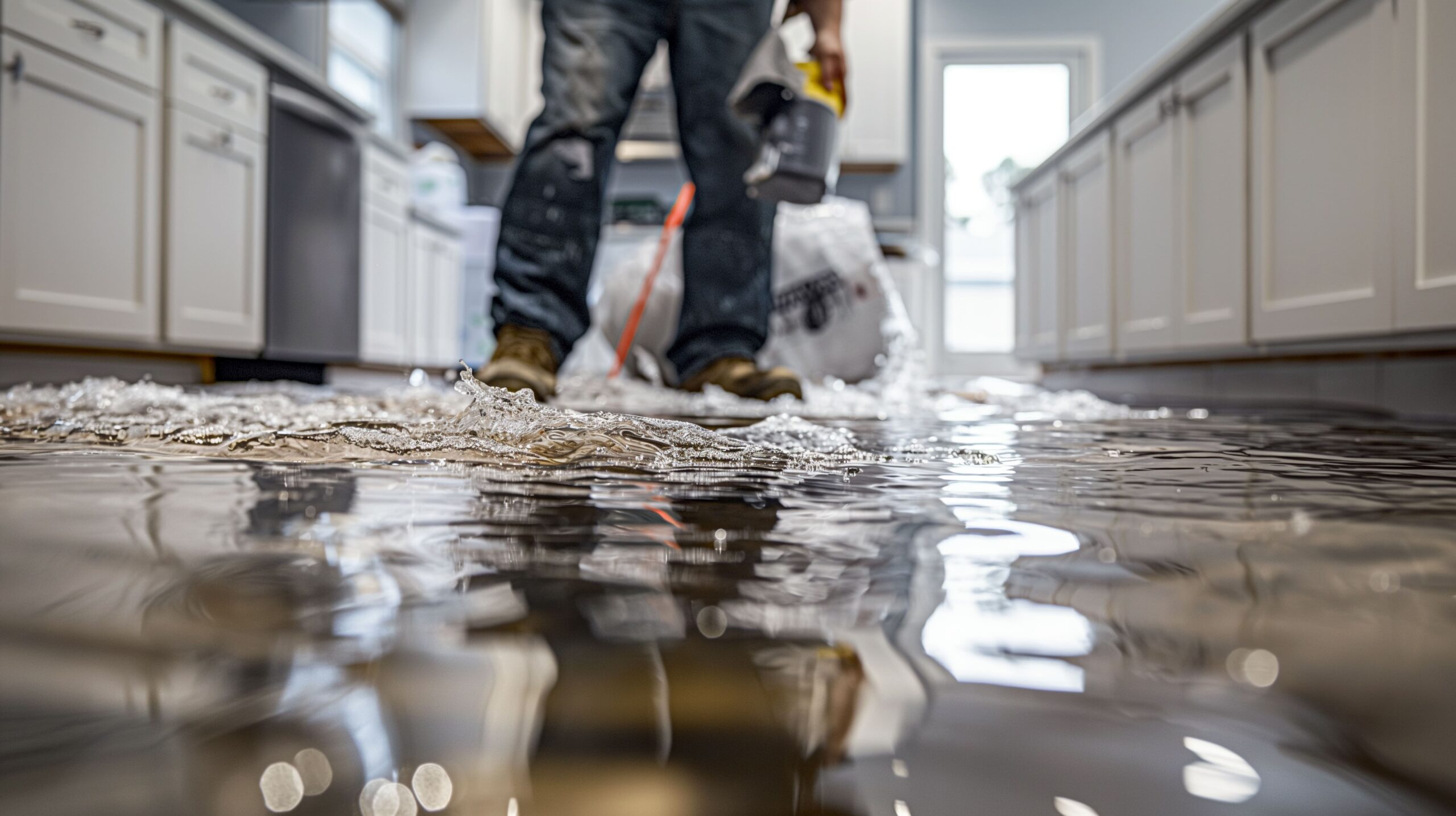
Property disasters strike without warning, but the decisions made during recovery can have lasting impacts that extend far beyond the immediate cleanup. Whether dealing with water damage, fire, storm destruction, or other emergencies, how property owners approach restoration directly affects their property’s long-term value, marketability, and structural integrity. Poor recovery decisions can turn manageable incidents into permanent value killers that haunt properties for years.
The temptation during disaster recovery is to focus solely on getting things back to normal as quickly and cheaply as possible. But this short-term thinking often creates long-term problems that cost significantly more than doing the job right the first time. Understanding which decisions protect property value and which ones destroy it can mean the difference between a full recovery and a permanent loss of investment.
Table of Contents
The Documentation Dilemma
One of the most critical decisions property owners face is how thoroughly to document damage and restoration efforts. This choice affects both insurance claims and future property sales, but many people underestimate its importance until it’s too late.
Inadequate documentation can result in denied insurance claims, which forces property owners to pay for restoration out of pocket. But even when insurance covers the immediate costs, poor documentation creates problems during future property sales. Prospective buyers and their inspectors want to see evidence that previous damage was properly addressed, not just patched up.
Professional restoration companies understand documentation requirements and maintain detailed records throughout the restoration process. For property owners dealing with significant damage, working with services that provide comprehensive water damage cleanup in Dallas for example, includes proper documentation that protects both insurance claims and future property value. This documentation becomes part of the property’s permanent record and can actually increase buyer confidence when damage has been properly addressed and documented.
The absence of proper documentation raises red flags during property inspections and can lead to reduced offers or failed sales even years after restoration is complete.
The Speed vs. Quality Trade-off
Time pressure during disaster recovery creates a false dilemma between speed and quality. Property owners often feel they need to choose between fast restoration and thorough restoration, but this thinking can destroy property value in ways that take years to fully understand.
Rushing restoration work typically means cutting corners on preparation, using lower-quality materials, or skipping steps that aren’t immediately visible but affect long-term performance. These shortcuts might get the property back in use quickly, but they often fail within a few years and require expensive re-work that could have been avoided.
Quality restoration takes longer initially but prevents recurring problems that damage property value. Proper moisture removal, structural drying, mold prevention, and material replacement require time to do correctly. Properties that receive thorough restoration maintain their structural integrity and market value, while those that receive rushed repairs often develop ongoing problems that reduce marketability.
The key is understanding that speed in disaster recovery comes from having the right equipment and expertise, not from skipping important steps in the restoration process.
The DIY Disaster
Cost concerns drive many property owners to attempt disaster recovery themselves or hire unlicensed contractors who promise to save money. This decision often becomes the most expensive mistake property owners make, with impacts that compound over time.
DIY disaster recovery rarely addresses underlying structural issues, moisture problems, or contamination concerns that require specialized knowledge and equipment. Surface repairs might look acceptable initially, but hidden problems surface months or years later as more serious structural damage, mold growth, or air quality issues.
These hidden problems become apparent during property inspections, home sales, or when secondary damage occurs. Buyers routinely walk away from properties with evidence of improper restoration, and those willing to proceed typically demand significant price reductions to account for the risk of unknown problems.
Professional restoration might cost more upfront, but it protects property value by addressing both visible and hidden damage comprehensively. The investment in proper restoration typically pays for itself through maintained property value and avoided future repairs.
The Insurance Navigation Challenge
How property owners work with insurance companies during disaster recovery significantly affects both immediate restoration costs and long-term property value. Many people don’t realize that accepting the first insurance settlement offer or failing to advocate for complete restoration can create permanent value losses.
Insurance adjusters often focus on minimum repairs needed to make properties habitable rather than full restoration to pre-loss condition. Property owners who accept these limited settlements might save money short-term but create long-term value problems when incomplete restoration leads to recurring issues.
The key is understanding what “restoration to pre-loss condition” actually means and ensuring that insurance settlements cover complete restoration rather than just visible repairs. This might require multiple inspections, detailed estimates, and persistence with insurance companies, but the long-term property value protection justifies the effort.
Properties with complete, well-documented restoration maintain their market value, while those with incomplete restoration often suffer permanent value reductions that exceed the cost savings from accepting limited insurance settlements.
The Material and Method Choices
The specific materials and methods used during restoration directly impact both immediate costs and long-term property performance. These decisions affect durability, appearance, and future maintenance requirements in ways that significantly influence property value.
Using substandard materials or inappropriate restoration methods creates problems that become apparent during property inspections or when systems fail prematurely. Buyers recognize these issues and adjust their offers accordingly, often demanding more in price reductions than the original cost savings from using inferior materials.
Professional restoration typically uses materials and methods that match or exceed original construction standards, ensuring that restored areas perform as well as undamaged portions of the property. This approach maintains property consistency and prevents the patchwork appearance that reduces market appeal.
The investment in quality materials and proper installation methods pays dividends through maintained property value, reduced future maintenance costs, and improved marketability when properties are eventually sold.
Long-term Value Protection
Disaster recovery decisions have lasting impacts that extend far beyond the immediate restoration period. Properties that receive proper professional restoration often maintain or even improve their market value, while those that receive inadequate restoration suffer permanent value losses that affect every future transaction.
The key to protecting property value during disaster recovery is thinking beyond immediate costs to long-term impacts on structural integrity, marketability, and buyer perception. Quality restoration protects the investment represented by property ownership and ensures that disaster recovery becomes a temporary setback rather than a permanent value loss.




